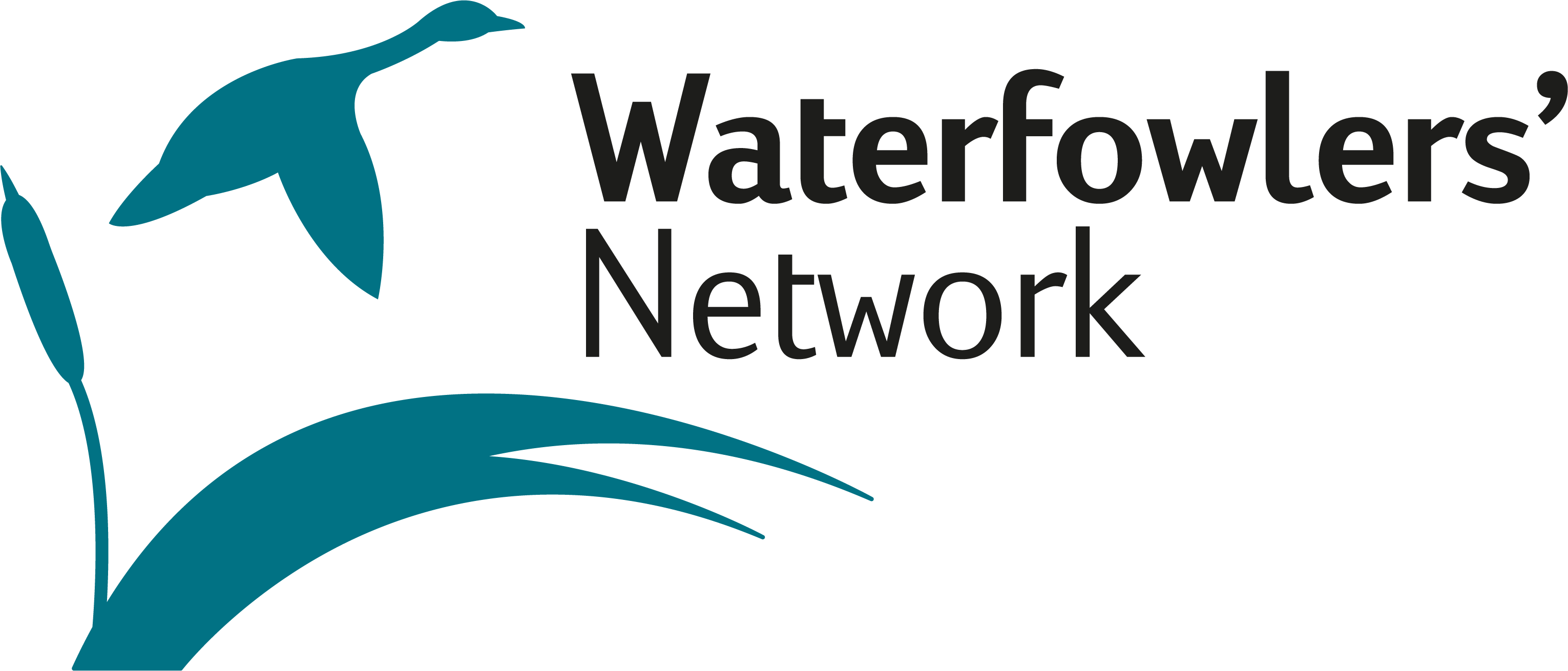The Value of Collaboration 27th September 2024
Waterfowlers' Network aims to demonstrate the value of cross-border collaboration in protecting our shared migratory bird species. By sharing knowledge, coordinating efforts to preserve habitats, and working together on sustainable management of migratory birds, we can ensure that these extraordinary species continue their journeys safely between breeding and wintering areas.
Text: Lene Midtgaard
Photo: Claus Lind Christensen
Every spring and fall, migratory birds cross numerous manmade borders on their annual migration between breeding and wintering grounds. This cross-border journey presents challenges for management, as the birds rely on the preservation and sustainable management of habitats along their migration routes. This was part of the reason behind the establishment of Waterfowlers' Network in 2019. Waterfowlers' Network is a network that aims to unite hunters, researchers, and conservation organizations across borders with the shared goal of protecting and ensuring sustainable hunting of migratory birds.
Across Borders
Waterfowlers' Network was founded with a vision to promote international collaboration on the management of waterfowl and their habitats. Migratory species, such as ducks and geese, do not spend their entire lives in a single country but migrate annually over long distances. This means that the management of these species cannot be undertaken by individual nations alone but must be conducted across borders.
The network includes organizations and hunters from many different countries with a shared interest in migratory birds. This includes research, such as Project Penelope, which focuses on Eurasian wigeons, as well as educational and practical conservation work, such as the SOTKA Project, which focuses on preserving and restoring habitats for waterfowl.
The Benefits of Cross-Border Collaboration
There are several benefits to working across borders to ensure the sustainable management of migratory birds:
- Sharing knowledge and data
By sharing research and data on migratory bird populations, different countries can gain a more accurate understanding of species’ behavior, population dynamics, and the threats they face. This knowledge can be used to make the best management decisions regarding hunting and species conservation. - Joint efforts to preserve habitats
When habitats across borders are threatened by pollution, changes in land use, or shifts in agricultural practices, coordinated efforts can make a bigger difference. Through collaboration, countries can develop joint projects to protect wetlands, restore damaged habitats, and ensure that key resting and feeding areas along migratory routes are preserved. - Coordinated hunting management
For many hunters, migratory bird hunting is highly valuable and rich in tradition. However, to protect both the species and future hunting opportunities, it is crucial that hunting is carried out sustainably. By working together on hunting regulations and harvest for various species across borders, we can ensure that migratory bird populations are not overharvested and that we maintain robust populations for the enjoyment of future generations of hunters and nature enthusiasts alike.
Focus on Habitats
One example of successful collaboration is the work to protect wetlands in the SOTKA Project in Finland, which is crucial for many breeding waterfowl species. Several organizations that are members of the Waterfowlers' Network have contributed financially to the restoration of wetlands, providing resting areas for migratory birds as well as creating shallow, nutrient-rich wetlands that offer ideal breeding conditions. These wetlands benefit not only the birds but also many other species that thrive within the ecosystems created by the new wetlands.
Future Challenges and Opportunities
Despite the exciting initiatives underway, which also include a growing focus on wing collection efforts, Waterfowlers' Network and many other organizations face significant challenges in the future. Climate change, habitat loss, and the overexploitation of resources are growing threats that will impact migratory birds. Therefore, it is more important than ever to continue strengthening and expanding international collaboration.
Together, we can make a difference!
